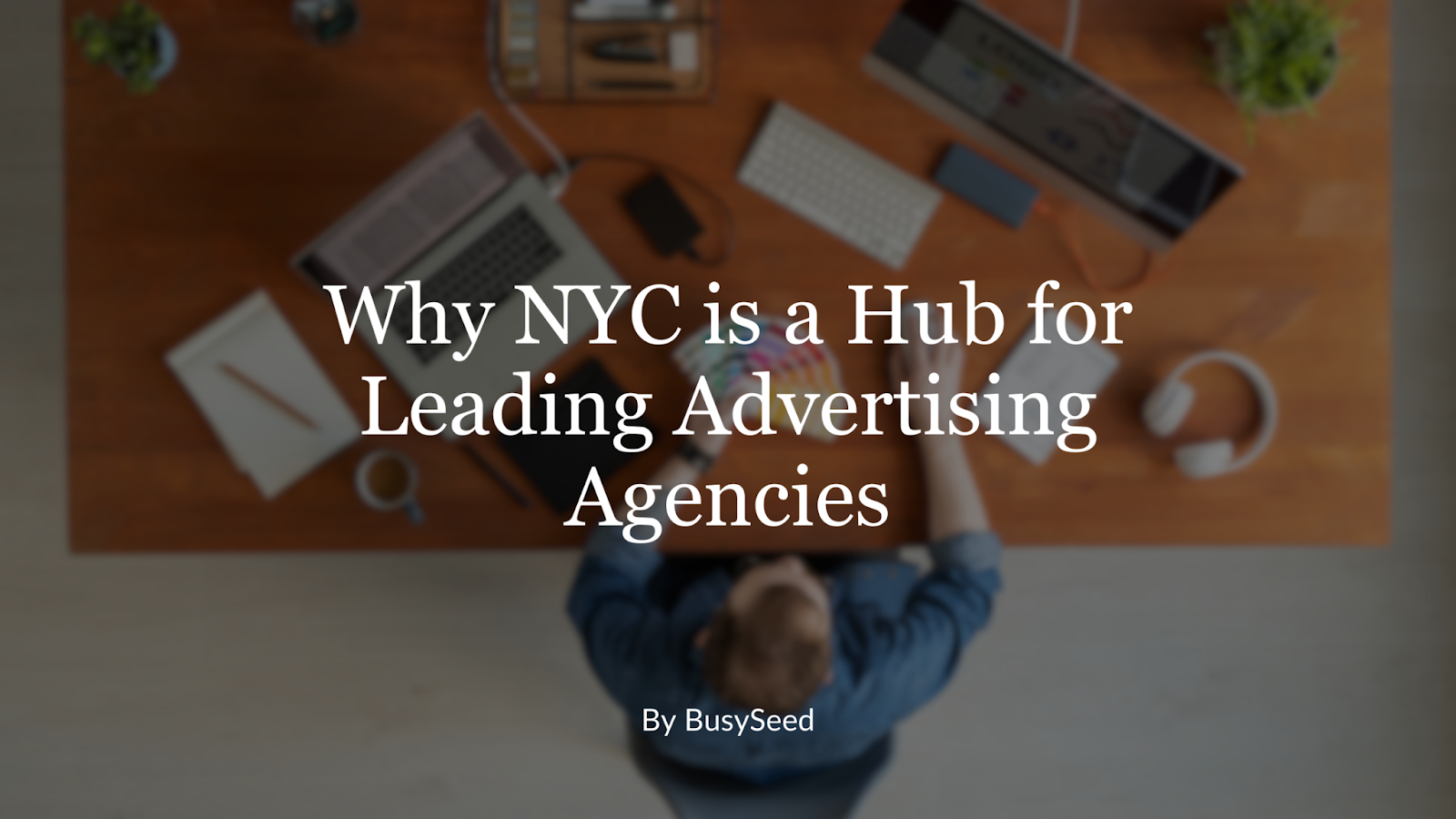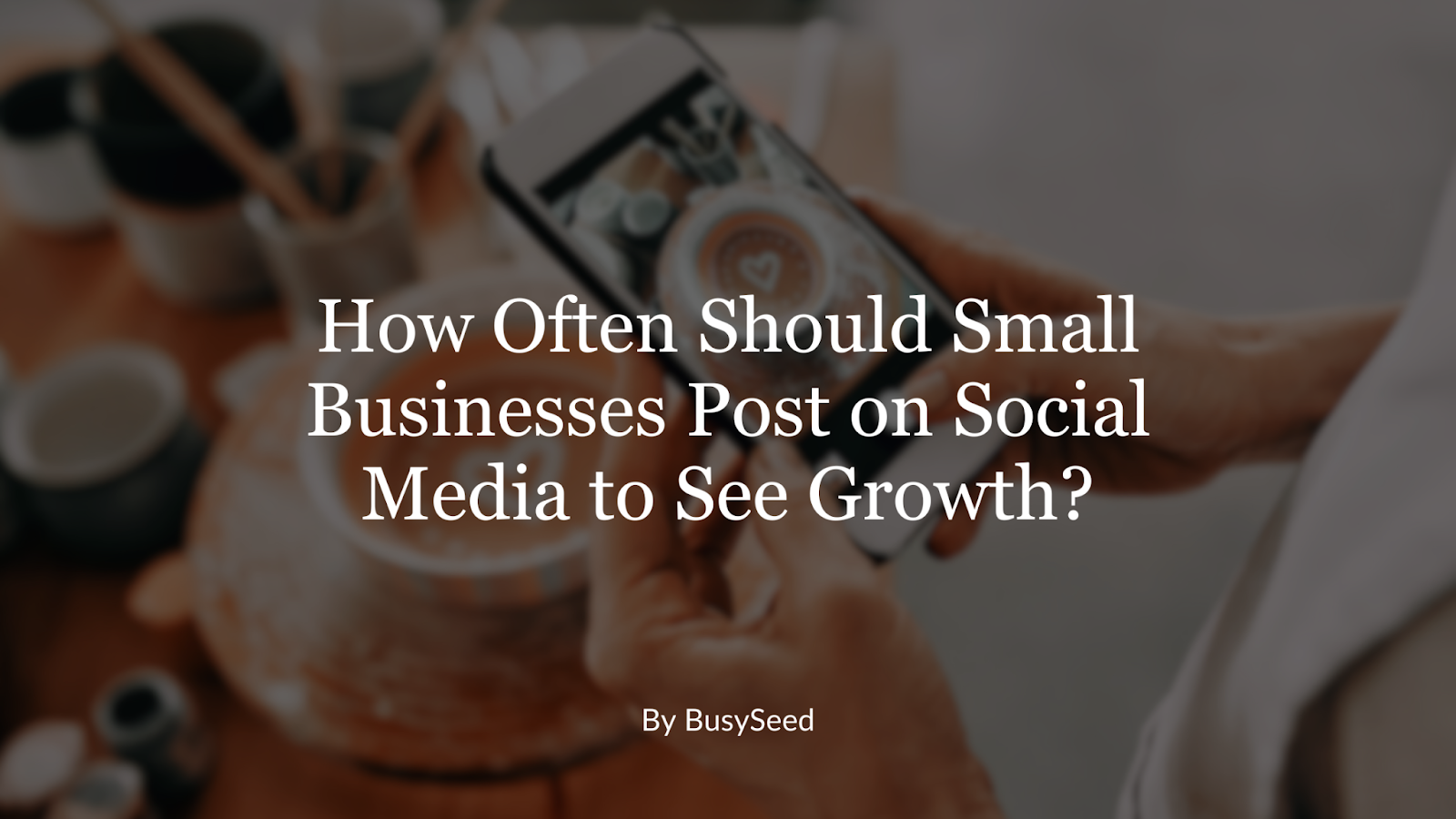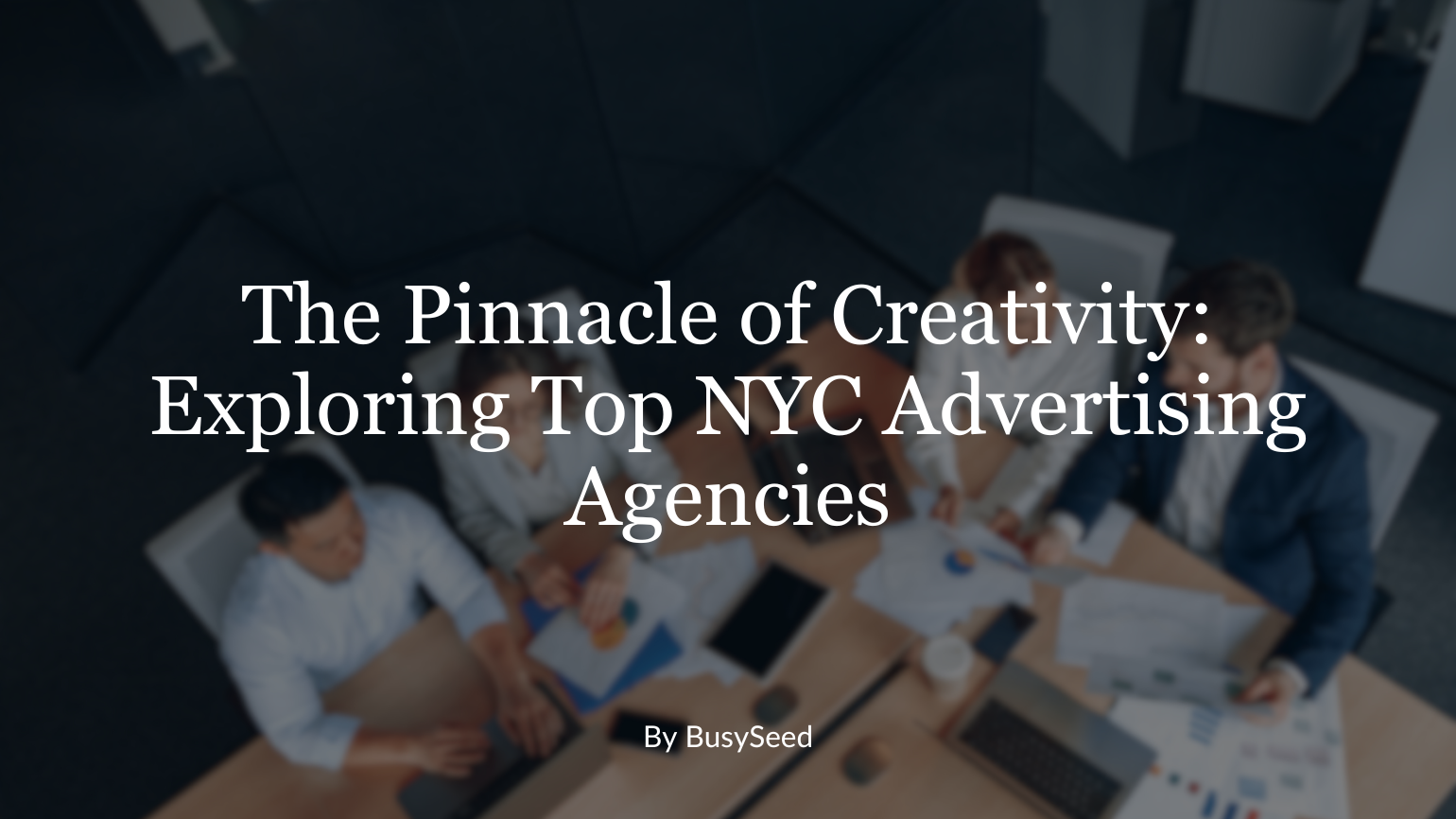5 Design Principles to Master for Better Display Ads
We’ve all experienced the decision.
You’re reading something on a website and suddenly, you are faced with an annoying pop-up ad. What do you do?
Well according to blockthrough.com, at least 11% of us are blocking them. Then, depending on how many there are on a site, many just leave altogether.
Now let’s flip the coin to the other side and consider the same scenario, from the business’s point of view. We see a glaringly different picture. Depending on how visually appealing or emotionally effective a visual is, your business could be throwing away money on poorly executed advertising.
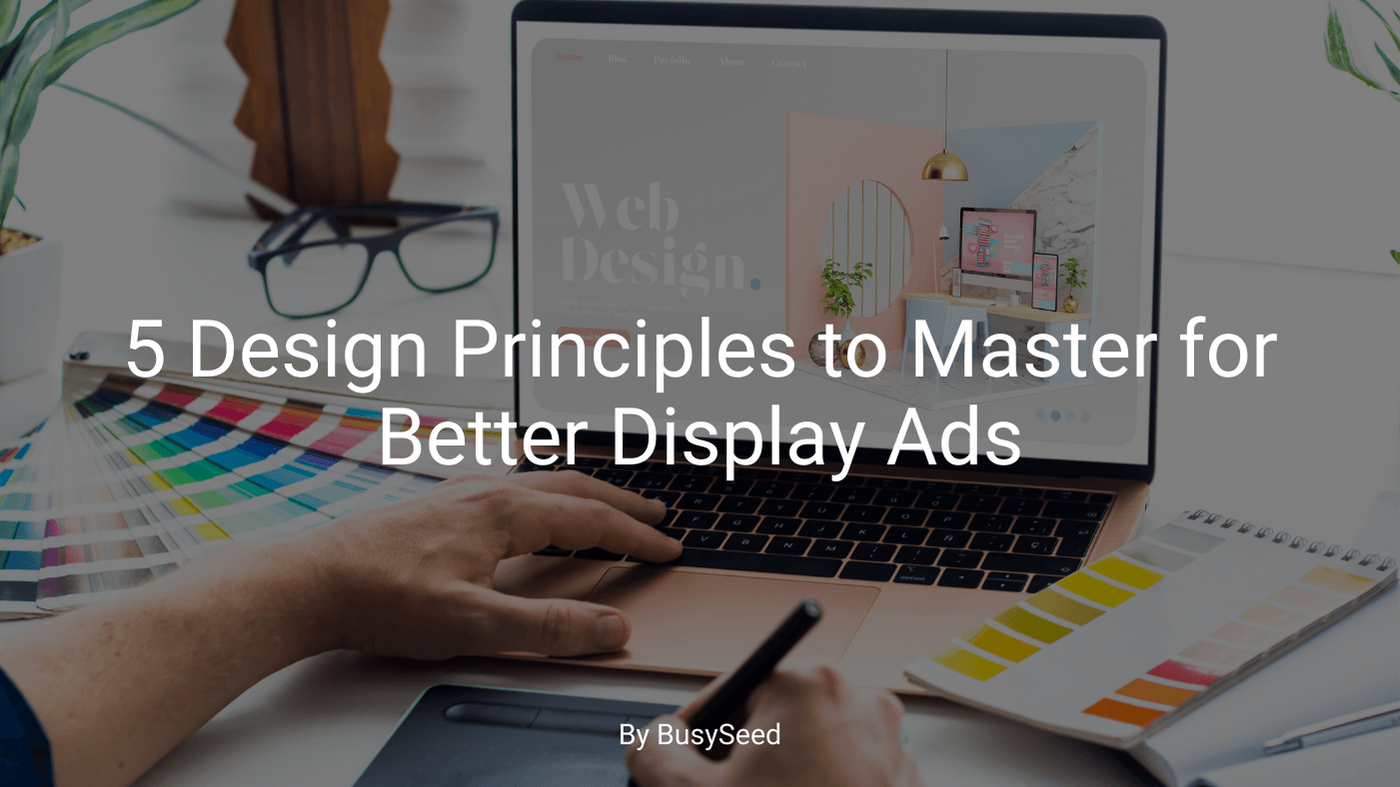
1. Structure
The make-or-break component for a good display ad is in its layout. Where you include important elements of the ad is critical in determining overall success.
When we say important elements, there are four main components we mean: your brand identity (logo or business name), the value proposition (what you are offering), a related image, and a call to action or CTA.
How these are laid out in the ad is where the magic happens. Your CTA and value proposition are the most important elements of your ad messaging, so it’s natural that these should take center stage in your layout. The branding and logo should be prominent enough to know what company is represented, but neither this nor the visual should take attention away from the messaging.
What about size and shape?
Good practice and the IAB (Interactive Advertising Bureau) both tell us that ads perform better when they are clearly distinguishable from other web content and when their sizes and shapes are flexible enough to be easily viewed on different sized screens. But that’s a baseline.
If you look at Google’s ad sizes, they will tell you that the better-performing mobile banners are the two larger-sized rectangles and the leaderboards. So, it would make sense to include these sizes at a minimum when completing your ad layout.
2. Color
Did you know there is an entire psychology behind businesses’ use of color in ads? Color has been used to evoke feelings, identify us with a brand, or grab our attention.
When you look at food-related brands, you see vibrant greens, like WholeFoods or Publix. When you think about insurance and security-related brands, you’ll begin to notice liberal use of the color blue, like Humana and Progressive.
Color plays a vital role in the identification and interaction with your brand, so it must be considered carefully. Whether you’re trying to appeal to men or women, your color choice will be affected.
A popular study revealed that blue and green are favored by men, while women favored blue and purple.
Once you’ve determined your main colors, the remaining, complementary colors should be minimal. Stick to no more than two or three supporting colors.
3. Typography
This is really your meat and potatoes because it contains the messaging of your ad. What you’re trying to get across by way of value proposition could be lost, if you choose a sloppy or ineffective font.
The main rule of thumb in this arena is to go ahead and use creative fonts if it supports your message and brand, but make sure it is legible. Remember, different sized screens will be used to display your ad, so make sure you have that considered when choosing your typography. There is no point spending all your time determining the other aspects of your ad and completely missing your mark because your message is not understood.
4. K.I.S.S.
The KISS principle means Keep It Simple, Stupid and it’s been around for many years, for good reason. Some of the most effective ads of all time have been simplistic in nature. Think about the “got milk?” campaign that flooded the nation for a good number of years. This is a prime example of simple, but effective advertising.
Remember the purpose of display advertising -to get across a simple message, quickly. Think of your display ads like billboards along the interstate, and you’ll immediately see what we mean. While many people
see billboards, how many can you remember once you’ve sped past them?
Keeping your message, visuals, and layout as simplistic as possible will ensure your ad is seen and retained, which will help improve your click-through rates.
5. Custom Visuals
Think of your visuals like the wallpaper in a room – you don’t necessarily notice it first, but you can’t keep your eyes off it if it clashes with the rest of the room.
The same principle applies to the graphics you use for your ad. You don’t want them to detract from your messaging, but you want them to be unique. Another common phrase, “a picture is worth a thousand words,” is apropos here. In display advertising, you’re trying to get a message across quickly and accurately, and sometimes the visual can accomplish just that
On the other hand, if the visual doesn’t serve a critical part of the overall message, then use the “wallpaper” method – make it match and not detract.
All in all, there are several other, important factors to consider with display advertising, but these represent key components.
But we understand if this is still a bit confusing for many businesses, even with a roadmap. That’s where we step in. When you work with BusySeed, you don’t need to be a
professional digital advertising guru – because we are.
Let us use our 70+ years of experience to
design advertising that works for you, not against you. You let us know your goals, and we’ll set about helping you achieve them. Large or small, if you need expert guidance for your business’s display advertising,
look no further than BusySeed.
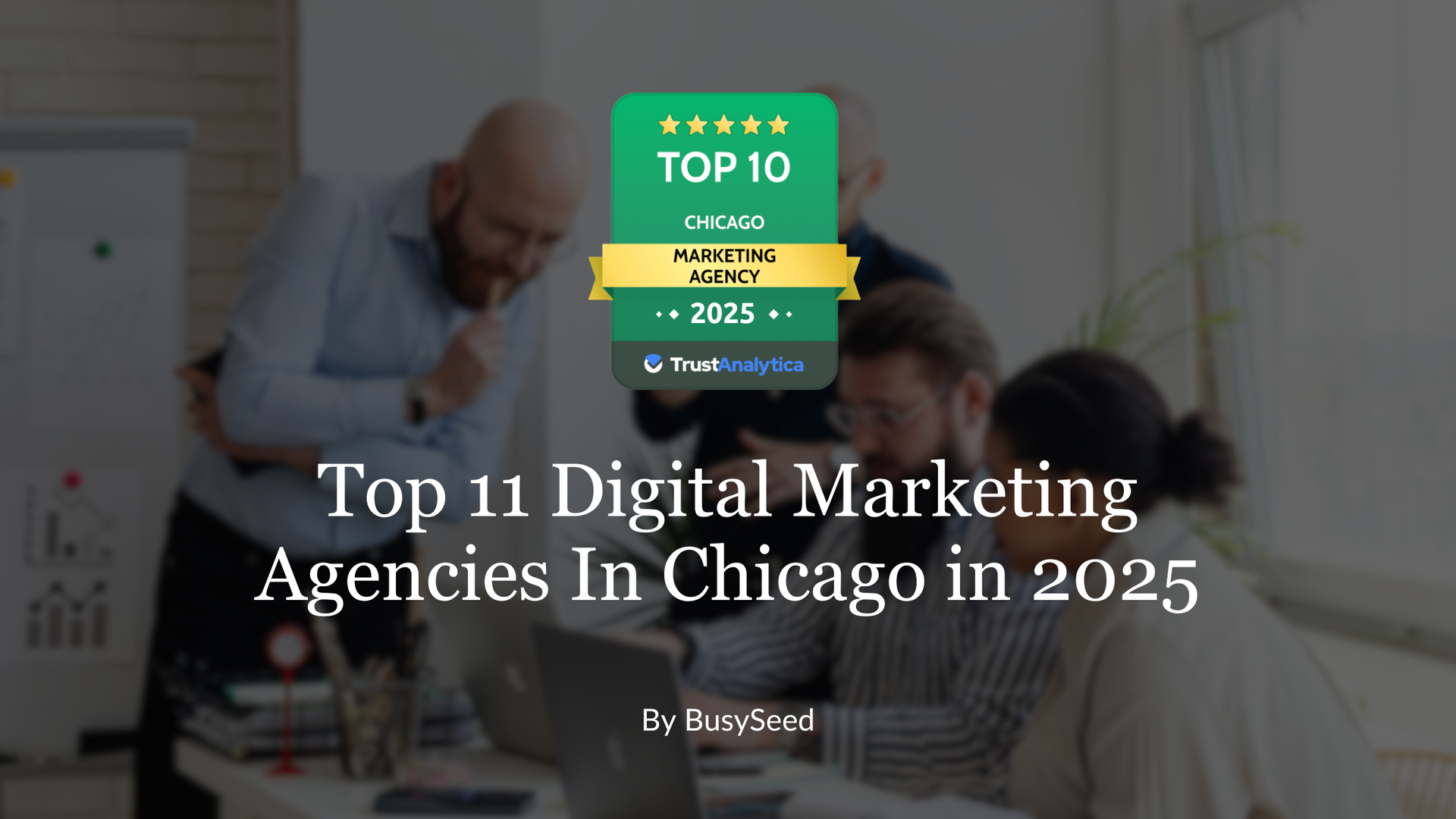
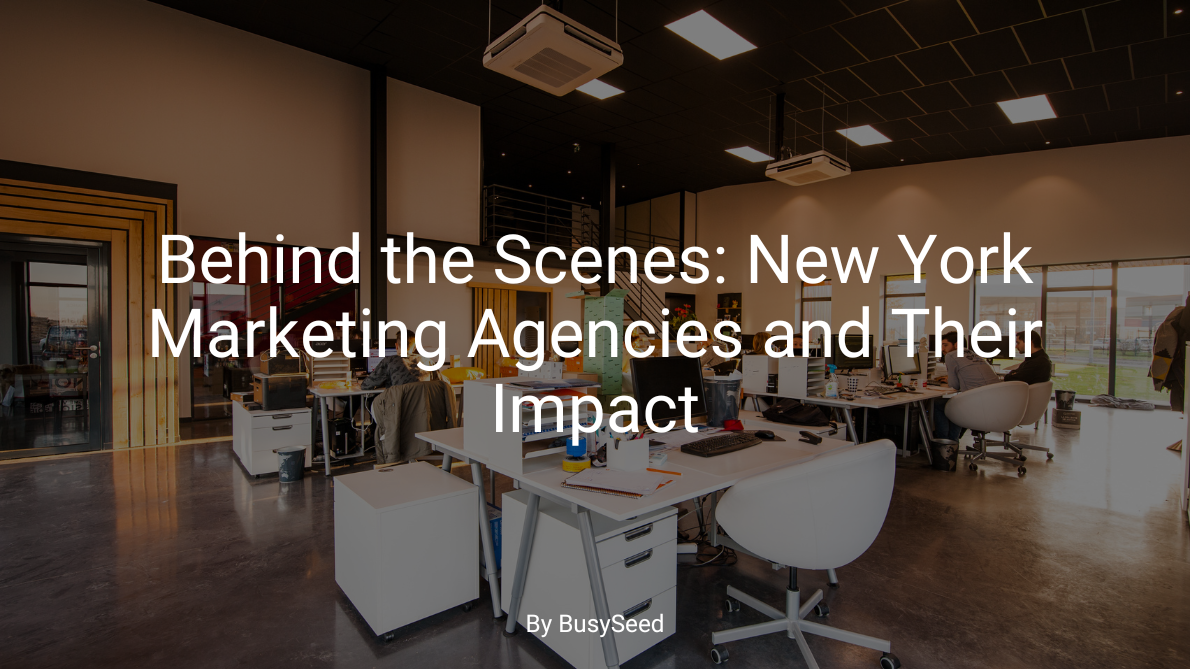

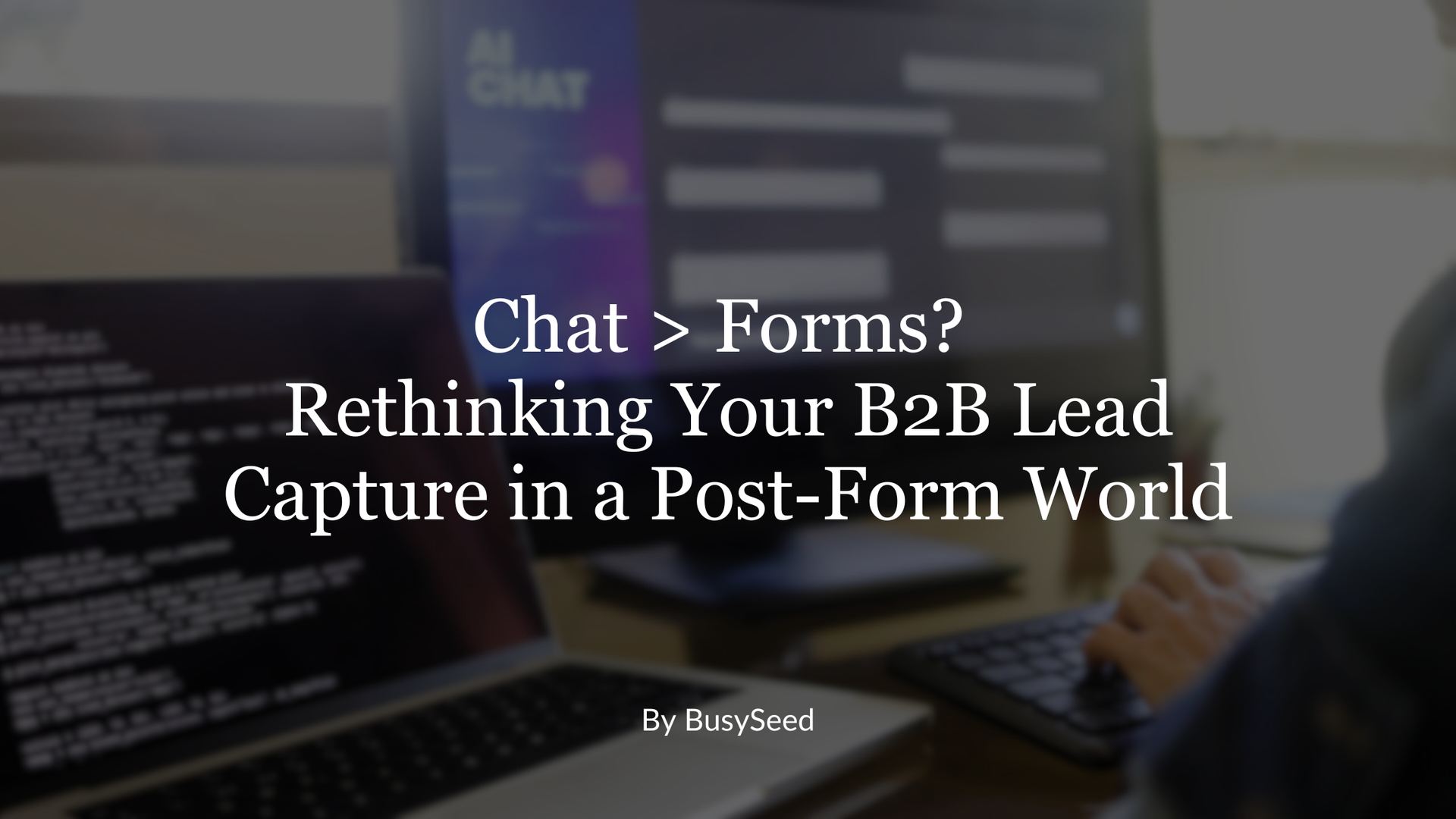 Forms? Rethinking Your B2B Lead Capture in a Post-Form World"." onerror="handleImageLoadError(this)"/>
Forms? Rethinking Your B2B Lead Capture in a Post-Form World"." onerror="handleImageLoadError(this)"/>


